According to a recent National Association of Home Builders (NAHB) publication, the expectations for lower mortgage interest rates and improved housing affordability is likely to result in increased housing demand in the coming years. Given a current structural housing deficit of over 1.5 million units, the recent improvement in builder sentiment appears likely to result in a rebound for new home construction later in 2023.
For those who might be mulling new construction options for their next home purchase, an important consideration is how and whether a 3rd party inspection could add value to the process. In this blog, we hope to provide some “food for thought” – considerations to help in making that decision.
1 – What are the benefits of a 3rd party inspection for a new construction home?
- As the saying goes: “no one is perfect”. Even the best contractors, with the best intentions, face issues related to supply chains, vendors, and sub-contractors that can result in detail being missed.
- If another “set of eyes” can catch mistakes or oversights before they become a larger issue, inconvenience, or cost, that’s certainly in the best interest of all stakeholders, including the contractor, realtor, and homeowner.
- If properly implemented and communicated, the findings of an inspection can support the contractor in holding their vendors and sub-contractors responsible for the delivery of their products and services.
2 – What are the common options for new construction home inspections?
New home inspections can occur at different times during the construction process.
A Phased approach generally includes three (3) separate inspections:
- Phase I – Pre-pour Inspection: occurs before pouring foundation concrete and slabs. It includes, but is not limited to, verification of proper site preparation for the structure according to site plans, vegetation removal, grading for proper slope, footings poured into undisturbed or properly compacted soils, and properly installed vapor barrier and rebar.
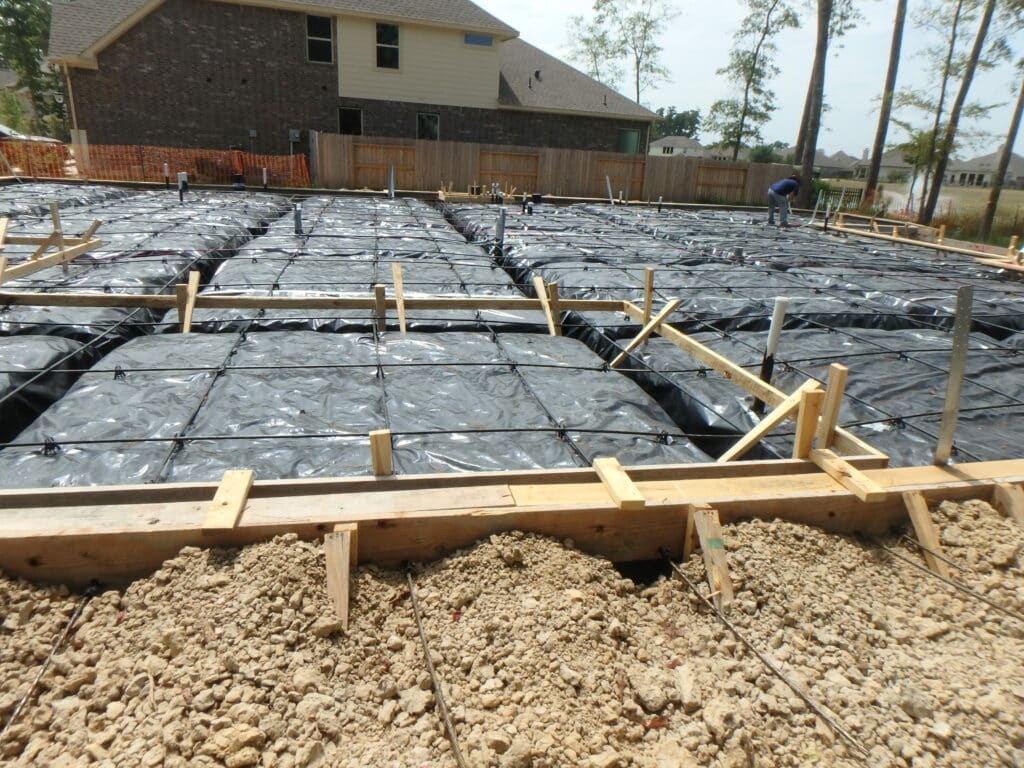
- Phase II – Pre-drywall Inspection: completed after the rough framing and installation of the plumbing, electrical, and HVAC ducting. It provides an opportunity to verify the proper installation of components before they are “hidden” behind the drywall.
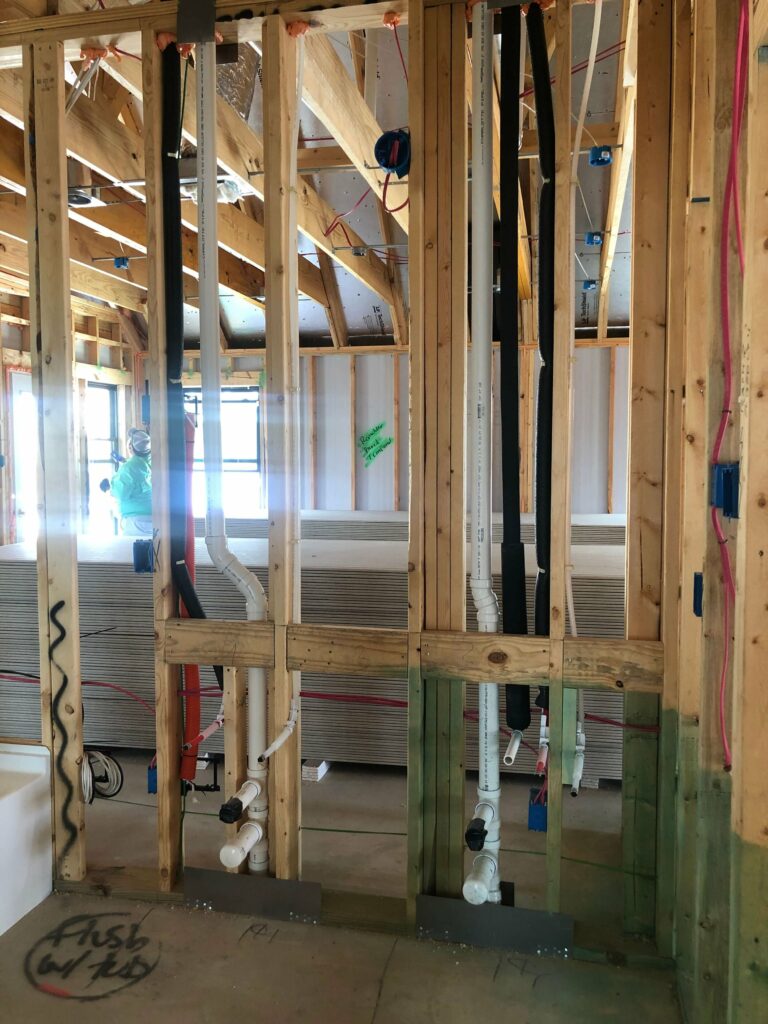
- Phase III – Final Inspection: usually performed before the homeowner’s final walkthrough with their contractor. This provides a comprehensive inspection of the home in its entirety and tests the major systems including the electrical, plumbing, and HVAC to ensure they work properly and supports the creation of a final “punch list” of items required to be addressed.
Pre-walkthrough Inspection: this is essentially the same as the final Phase inspection previously described.
Warranty Inspection: occurs 10-11 months after construction (assuming a 12-month warranty is in place) and is essentially the same process as the Phase III and Pre-walkthrough inspections. It supports the creation of a list of any items to be addressed by the contractor before the expiration of the warranty.
3 – Make sure that you have the option for an inspection.
Whether or if you utilize a 3rd party inspection as part of the construction process will be impacted by the wording of the contract that you execute with your contractor.
Some contractors explicitly prohibit inspections during construction. Discuss this with your realtor.
If a contractor doesn’t allow for inspections, why not? With this being (one of) the biggest investments you’ll ever make, you should have the option to verify the process and that the final product meets the agreed-upon standards.
4 – What are some of the more important items looked at during a new home construction inspection?
Foundation & Drainage
- Grading for proper/adequate slope away from home
- Landscaping for adequate distance from the structure
- Proper installation and functionality of perimeter drainage/sump pump

Exterior
- Wall coverings for proper installation, paint application and sealing
- Windows, doors, and other penetrations for proper installation and finish/sealing
- Verify weep holes are open and functional
- Soffits and facia are properly constructed and sealed
- Check plumbing fixtures and electrical equipment/outlets
- Decks, porches, balconies, and stoops for integrity and safety compliance
- Driveways and walkways for proper installation
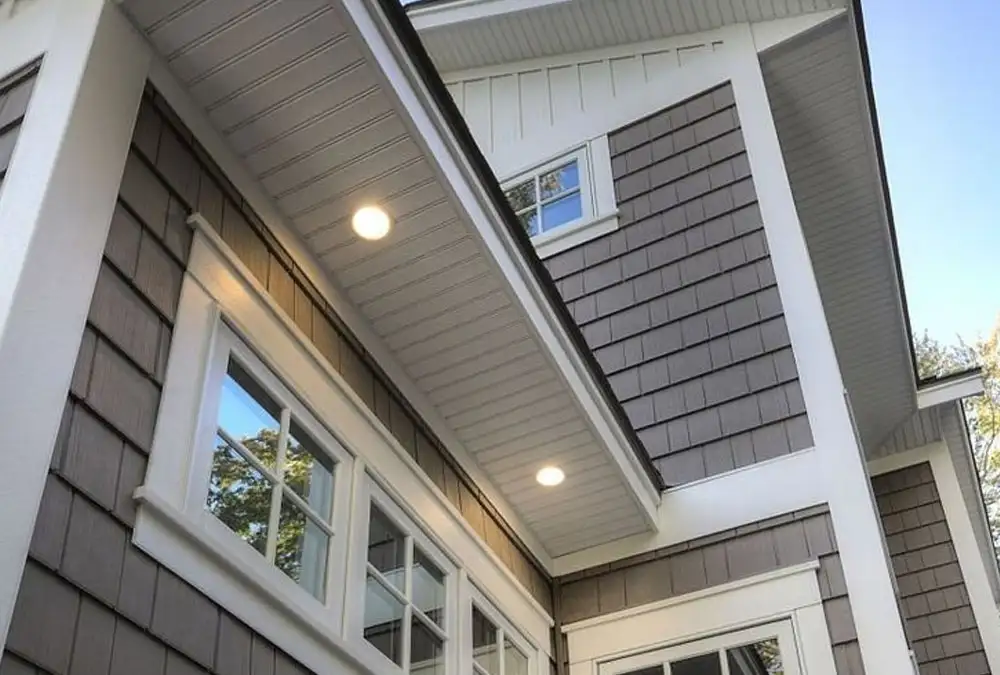
Roof
- Roof covering for proper installation and damage
- Vents and other penetrations for proper installation and flashings
- Inspect visible flashing
- Gutters and downspouts for proper installation

Attic
- Verify proper installation and integrity of structural components, including trusses, rafters, and bracing
- Verify depth and uniformity of insulation
- Verify proper venting to the exterior of kitchen and bathroom exhaust fans
- Adequate and properly installed attic ventilation

Interior
- Walls, floors, and ceilings for proper installation, finish, and damage
- Windows and doors for proper installation, plumb, adjustment
- Electrical outlets, switches, and fixtures for proper installation, grounding, and safety compliance
- Cabinets for proper installation and functionality
- Tile/grout for proper installation and damage
- Appliances for proper installation and functionality
- Infrared imagery for insulation and moisture issues in walls and ceilings
HVAC
- Proper installation and functionality of all components including units, venting, ducting
Plumbing
- Plumbing fixtures for proper installation, functionality, and leaks
- Water heater for proper installation, venting, and safety compliance
- Proper water pressure at all sinks/faucets
- Proper hot/cold configuration at faucets
Garage
- Mechanical vehicle door installation, safety compliance, and operation
- Floors, walls, and ceilings for proper installation and fire-ratings
- Ventilation for proper isolation from living space
- Water heater (if applicable) for proper installation and safety compliance
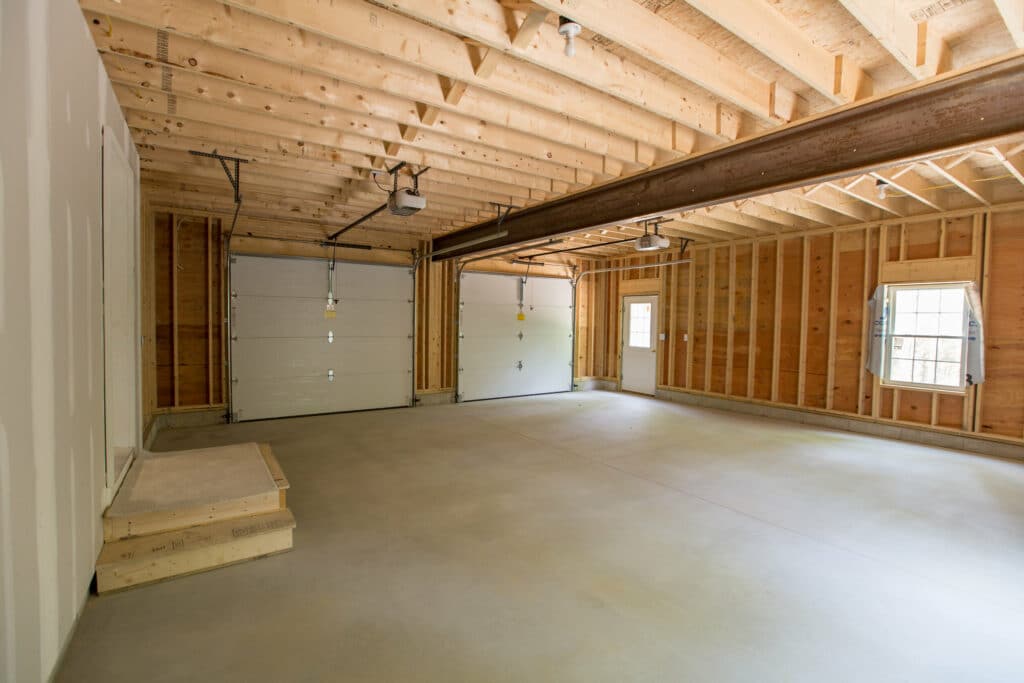
As you embark on the planning, design, and construction of your new home, you should keep in mind that you only get one chance to get it right. Missed or overlooked issues, however small or big, can impact the functionality, longevity, enjoyment, and eventual re-sell value of your home.
A 3rd party inspection is a relatively small investment in providing some additional confidence and peace of mind that your new home is everything you want it to be!
